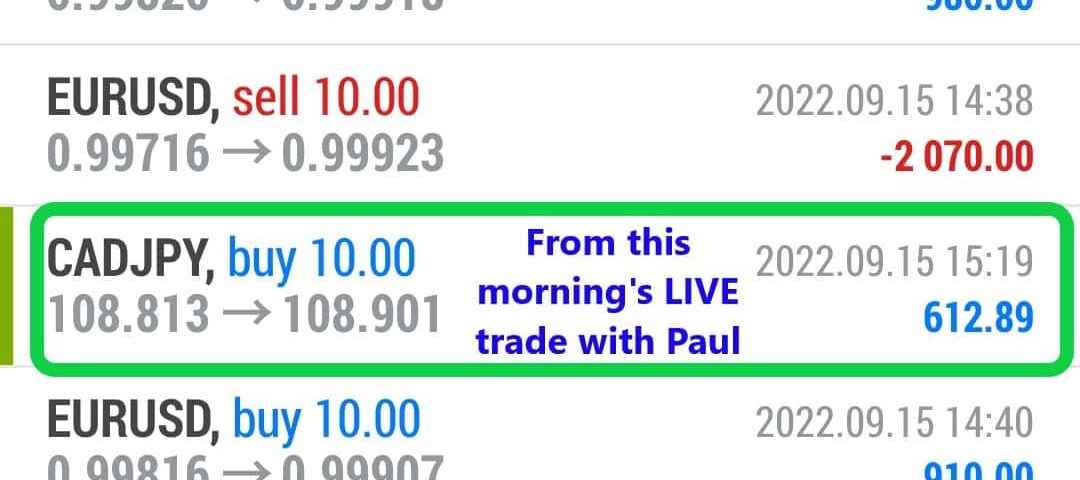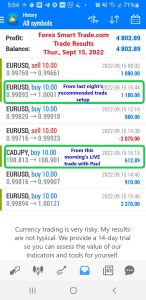It might puzzle new forex traders about how it’s possible to trade currencies they don’t physically own.
They’re also often confused about how it’s possible to sell something before buying it.
When you “buy EUR/USD“, are euros actually transferred to your trading account?
Or when you “sell GBP/USD“, how is this possible if you don’t have any British pounds in your possession?
You might think you are buying and selling actual currencies. But you’re not.
You are not buying or selling anything tangible.
You are simply speculating on currency exchange rates.
We can describe speculation as “taking a view” of the directional movement of a currency pair’s exchange rate.
As a speculator, you are essentially making bets.
An exchange rate represents the relative price of two currencies.
Retail forex trading isn’t about buying or selling currencies, it’s about betting on a change in the exchange rate between two currencies….whether it will rise or fall.
For example, the EUR/USD exchange rate implies the relative price of the euro in terms of U.S. dollars.
If the EUR/USD exchange rate is 1.1050, it means that you need $1.1050 to buy €1.
The exchange rate determines how many units of currency are needed to buy one unit of another currency.
So if we put this all together, trading forex (or FX) as a retail trader is just betting on the future exchange rate of one currency against another.
Betting that the euro will get stronger relative to the U.S. dollar means you have “gone long” euro versus the U.S. dollar or “bought EUR/USD”.
Betting that the euro will get weaker relative to the U.S. dollar means you have “gone short” the euro versus the U.S. dollar or “sold EUR/USD”.
Now that we understand that we’re just betting on whether exchange rates will go UP or DOWN, where do these exchange rates come from?





